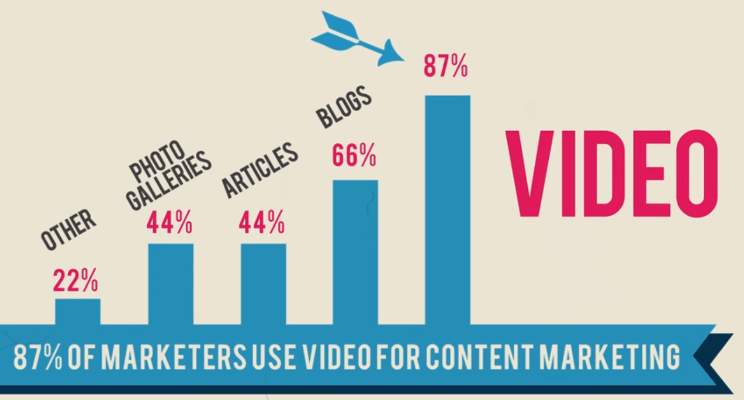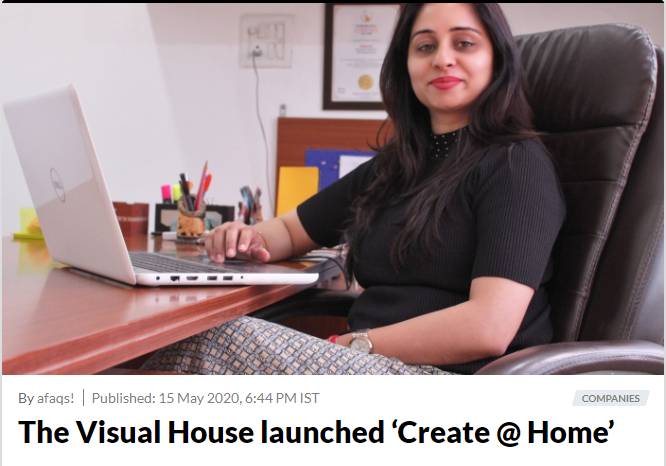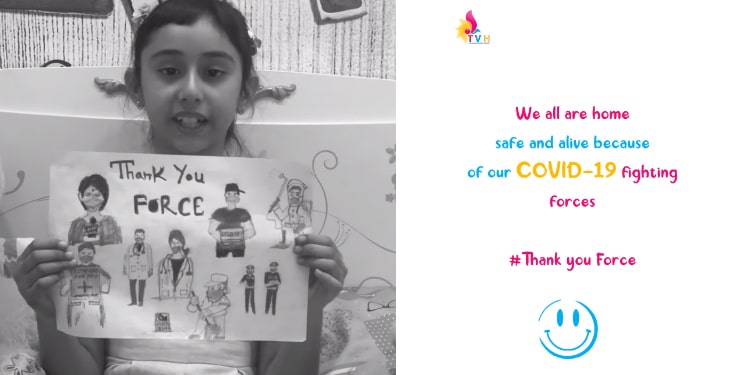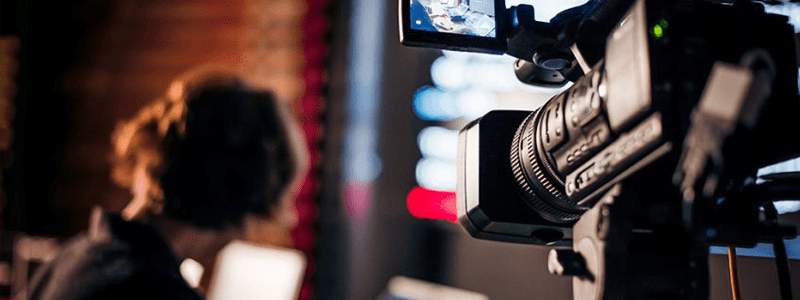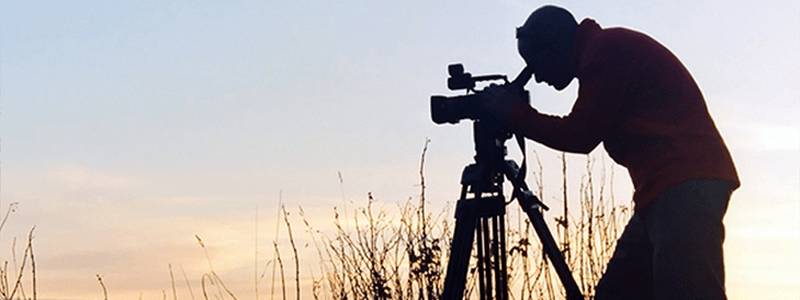A filmmaker's grasp of camera shots and angle dynamics lays the foundation for translating their creative vision into a visual masterpiece on the screen.
Understanding the modulation of different camera shots and angles is essential as they serve as the visual language that communicates the narrative to the audience. Each shot and angle is selected purposefully by cinematographers to communicate specific emotions, perspectives, and modulation within a scene.
This fundamental understanding of camera language is the bedrock upon which the filmmaker builds the visual tapestry of their storytelling, transforming ideas into cinematic reality.
In this blog, we'll familiarise you with various types of camera shots and angles, exploring their definitions, differences, effects, and how they contribute to the overall cinematic experience.
Meaning & Key Differences: Camera Shots and Angles
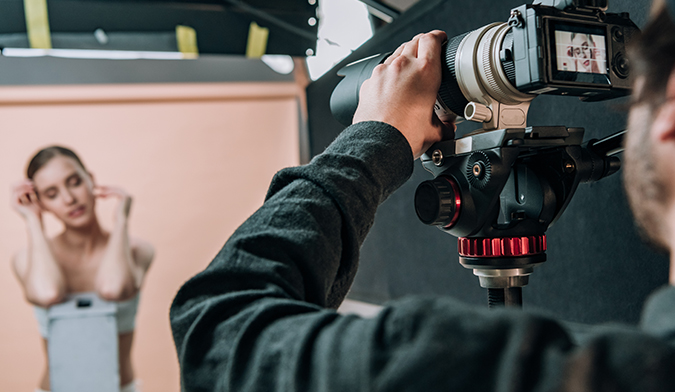
In filmmaking, the terms "camera shot" and "camera angle" refer to different aspects of cinematography, specifically how shots are framed and the positioning of the camera. Here's a breakdown of the key differences between camera shots and angles:
Camera Shot:
- Definition: A camera shot refers to the size or scale of the frame captured by the camera. It determines how much of the subject or scene is visible in the frame.
- Types : Different types of camera shots include Extreme Wide Shot, Very Wide Shot, Wide Shot or Long Shot, Mid-Shot , Two Shot, Medium Close-Up, Close-Up, and Extreme Close-Up.
- Purpose: Camera shots are used to convey information, set the scene, establish context, and evoke emotional responses. They provide a visual hierarchy within a sequence, guiding the audience's attention.
Camera Angle:
- Camera Angle Definition: A camera angle refers to the perspective or orientation of the camera in relation to the subject. It involves the tilt, height, and placement of the camera to capture a particular viewpoint.
- Types: Common camera angles include Eye-Level Shot, High Angle Shot, Low Angle Shot, Dutch Angle (Canted Angle), Bird's Eye View, Worm's Eye View, and Over-the-Shoulder Shot.
- Purpose: Camera angles are chosen to influence the viewer's perception of the subject or scene. They can convey emotions, power dynamics, and psychological states. Camera angles contribute to the visual language of a film and add refinement to storytelling.
In a nutshell, while camera shots determine the framing and composition of the visual content, camera angles dictate the viewpoint and perspective from which that content is captured. Both elements work together to create a dynamic and visually engaging cinematic experience, contributing to the overall storytelling process in filmmaking.
Exploring Types of Shots in film
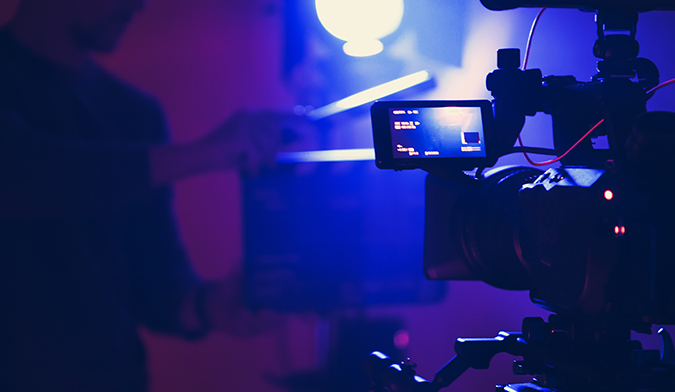
When it comes to filmmaking, video production and photography, a profound grasp of different types of shots in film is essential. Each camera shot serves a different purpose and adds a special touch to what you see on the screen. Whether it's a wide shot giving you the lay of the land or an extreme up-close view bringing out intense emotions, the selection of camera shots can really spice up the story. Here we have prepared a list of most common camera shot effect you should know about-
Extreme Wide Shot (EWS)
An Extreme Wide Shot captures an expansive view of the entire setting or location. It's used to establish context, emphasise the environment, or provide a grand visual introduction to a scene.
Very Wide Shot (VWS)
Similar to the Extreme Wide Shot, the Very Wide Shot still encompasses a broad view but may include a bit more detail of the surroundings or characters. It serves to establish the spatial relationships within the scene.
Wide Shot or Long Shot:
A Wide Shot frames the entire subject and its surroundings. It's often used for establishing locations, showing characters in their environment, or presenting the overall scene.
Mid-Shot (MS):
The Mid-Shot frames the subject from the waist up, providing a closer view than a wide shot. It's a versatile shot commonly used for dialogues and character interactions.
Two Shot:
A Two Shot frames two characters in the same shot, emphasising their relationship and interactions. This shot is frequently used in scenes involving conversations or significant character dynamics.
Medium Close-Up:
The Medium Close-Up frames the subject from the chest or shoulders up. It's a shot that allows for a closer view of the character's expressions and emotions while still providing some context of the surroundings.
Close-Up (CU):
The Close-Up tightly frames the subject, usually focusing on the face. It's used to capture detailed facial expressions, convey emotions, or highlight specific elements of a scene.
Extreme Close-Up (ECU):
The Extreme Close-Up zooms in on a very small detail, such as an eye, a hand, or an object. It's employed for intense emphasis and to draw the audience's attention to minute details.
Over-the-Shoulder Shot (OTS):
The Over-the-Shoulder Shot positions the camera behind one character, capturing the scene from over their shoulder and focusing on the character or object they are facing. This shot is common in dialogue scenes.
Point-of-View Shot (POV):
The Point-of-View Shot allows the audience to see the scene from the perspective of a character, immersing them in the character's experience and providing a subjective view of the surroundings.
Read Also: Know all about the techniques of making an advertisement video
Common Types of Camera angles
- Eye-level angle: Positioned at the same height as the subject, this angle offers a neutral and realistic perspective. It is frequently used in scenes depicting ordinary conversations or everyday situations.
- High-angle: Placed above the subject and looking downward, this angle instils a sense of vulnerability, inferiority, or powerlessness. It proves effective in conveying themes of danger, fear, or weakness.
- Low-angle: Set below the subject and looking upward, this angle imparts a sense of dominance, superiority, or power. It is often chosen to showcase authority, confidence, or strength in a character or situation.
- Bird’s-eye view: Positioned significantly high above the subject, this angle provides a panoramic view of the scene, effectively portraying the scale, scope, or overview of a situation. It is commonly employed to emphasise the grandeur or context of a setting.
- Worm’s-eye view: Captured from a very low vantage point close to the ground, this angle presents a distorted view of the scene. It is frequently employed to depict confusion, disorientation, or chaos, offering a unique visual perspective.
Wrapping Up
Achieving effective camera shot and angle selection requires meticulous attention to detail and a deep understanding of the emotions each technique is supposed to evoke in the audience.
Utilise this concise guide to make informed decisions on the appropriate camera shots and angles for your next screenplay.


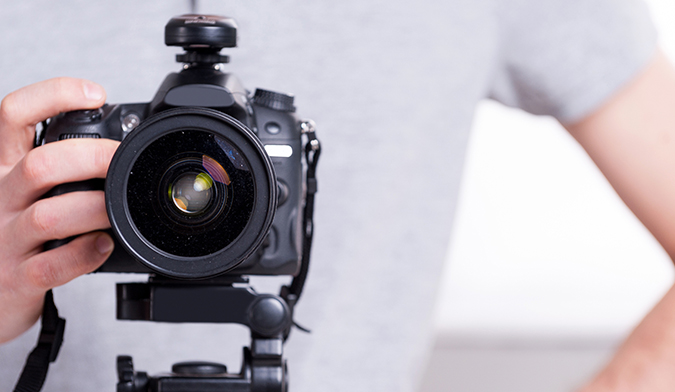
.jpg)
.jpg)
.jpg)
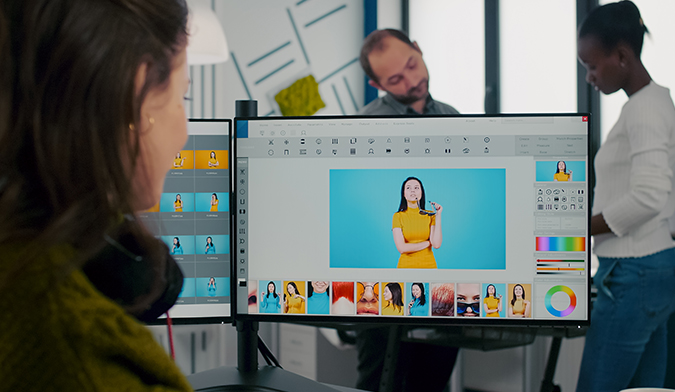
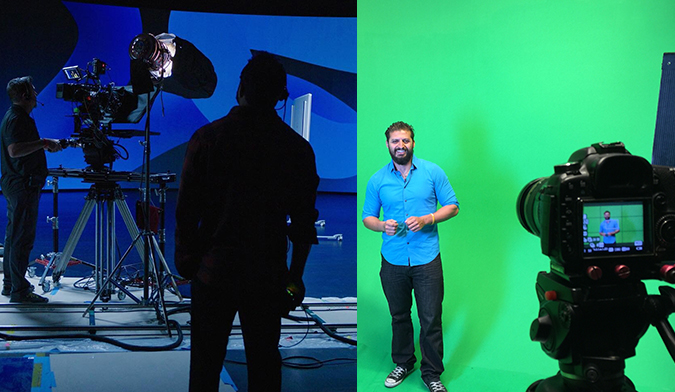
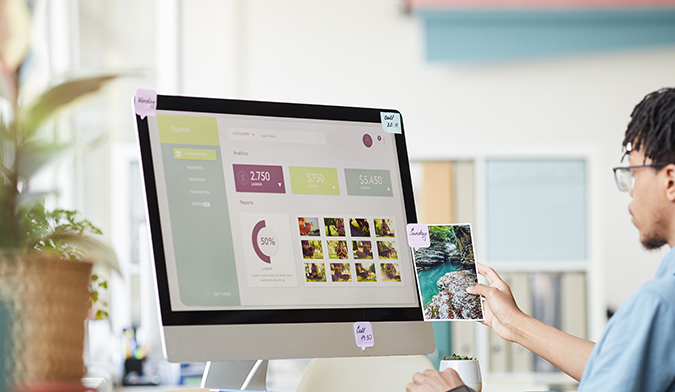

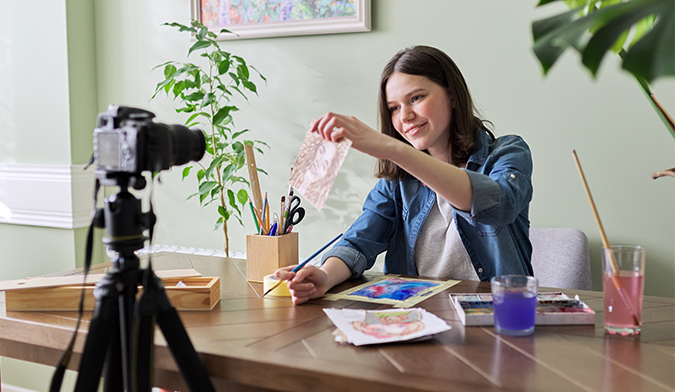
.jpg)

.jpg)

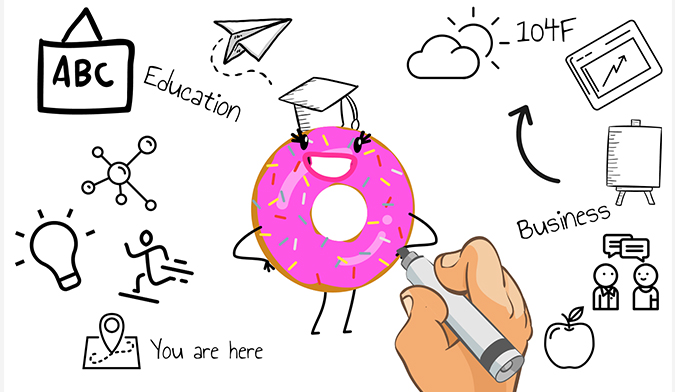
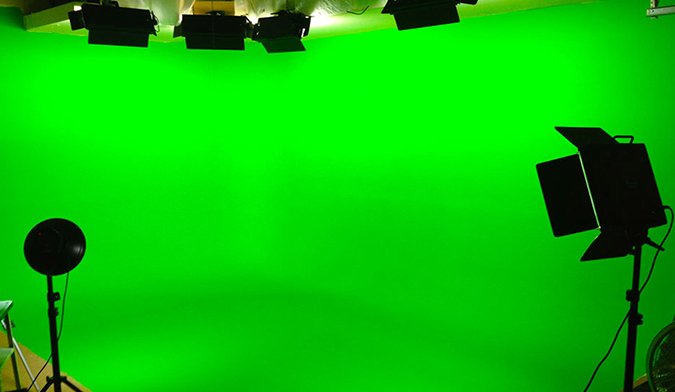
.jpg)
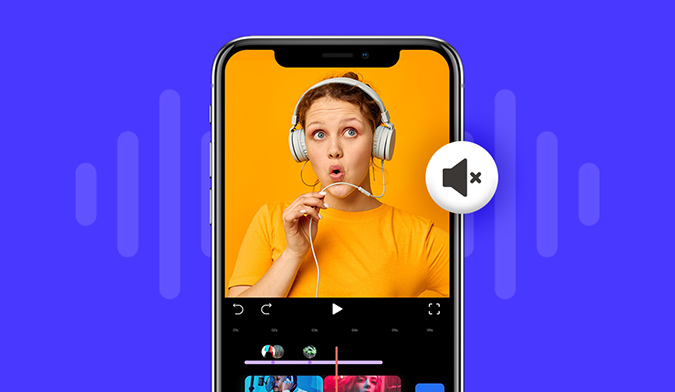
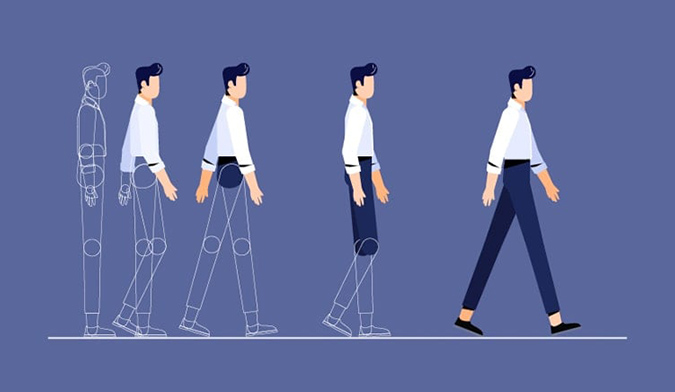
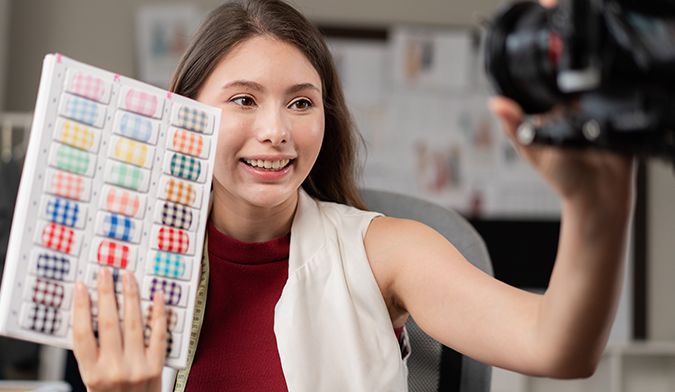

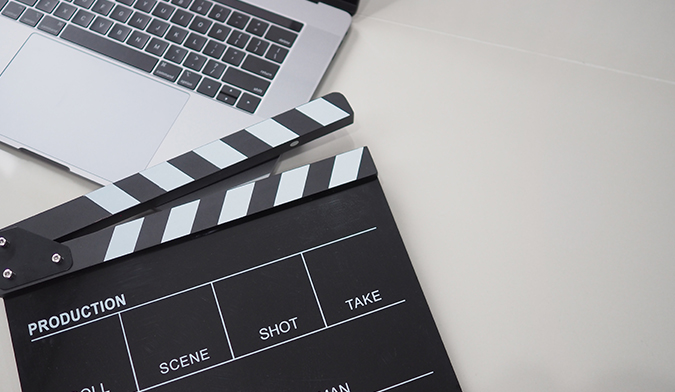
.jpg)
.jpg)
.jpg)
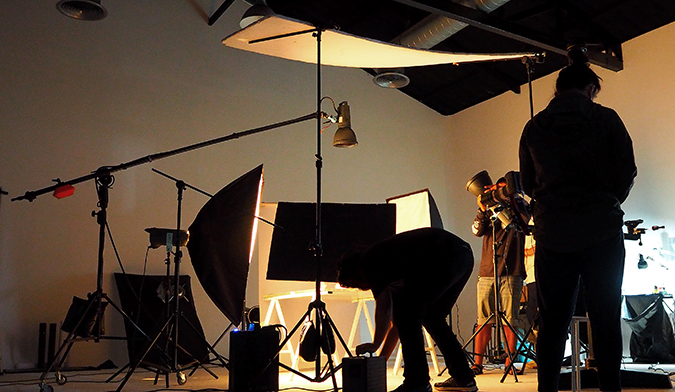
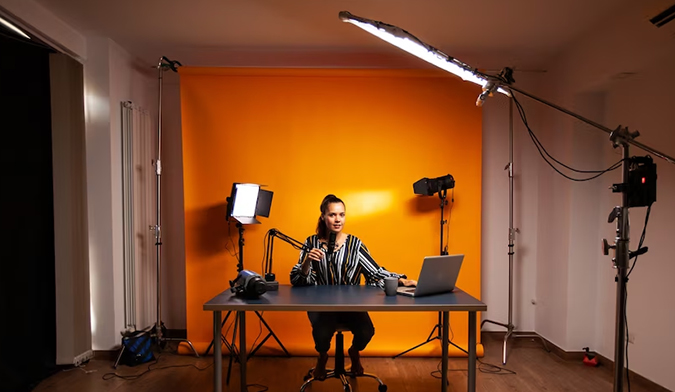
.jpg)

.jpg)
.jpg)
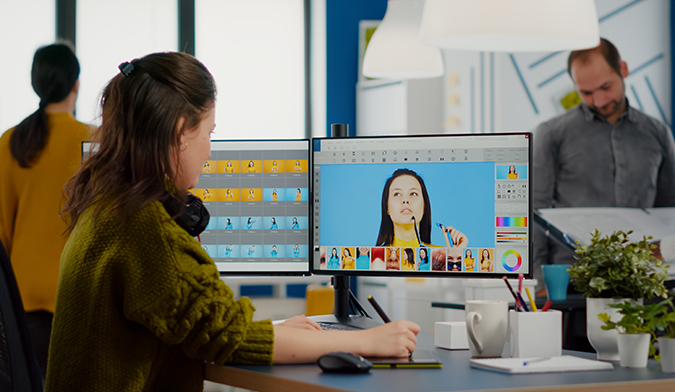
.jpg)
.jpg)
.jpg)
.jpg)
.jpg)
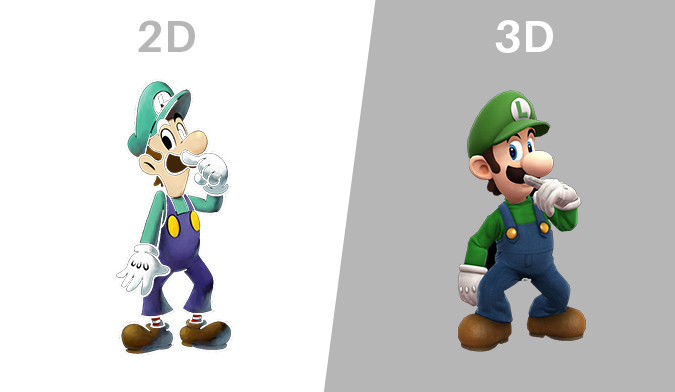
.jpg)
.jpg)
.jpg)


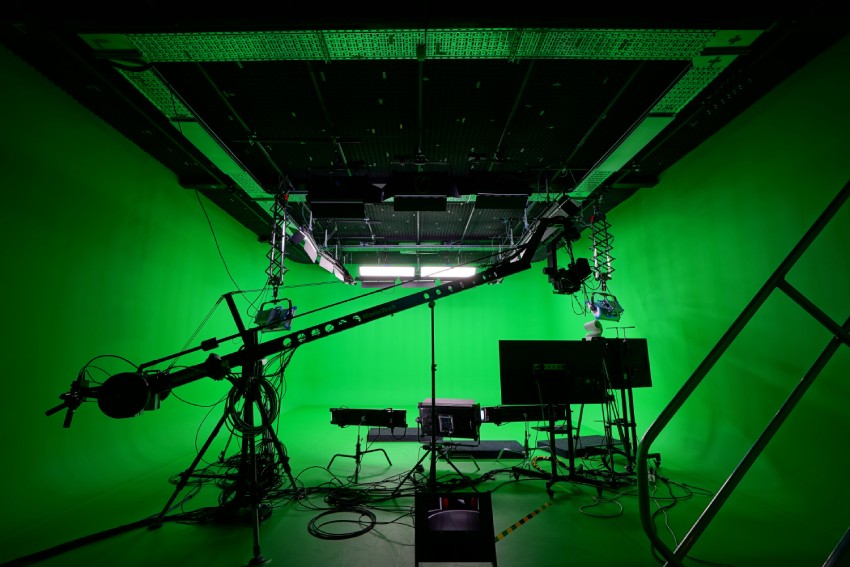
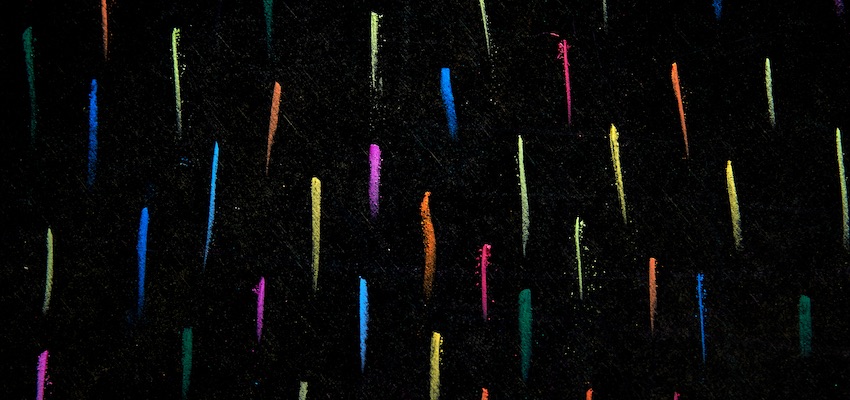
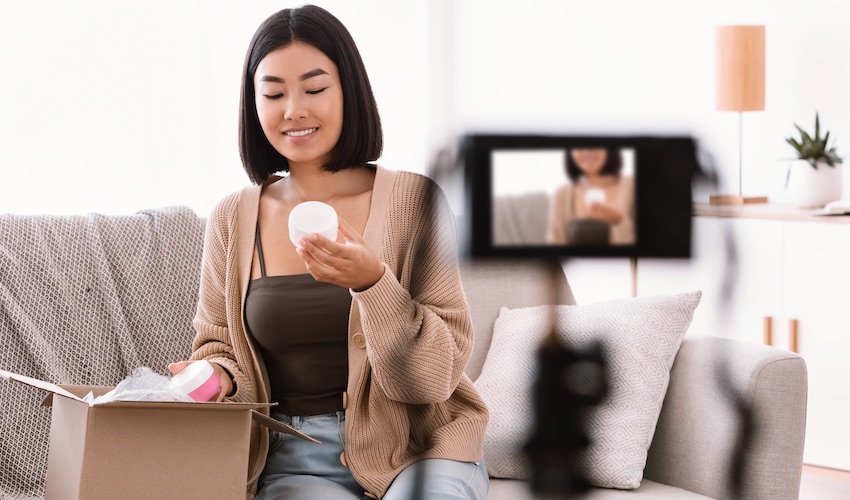

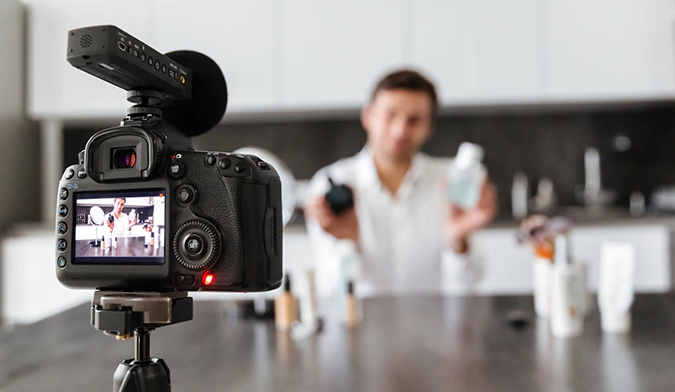


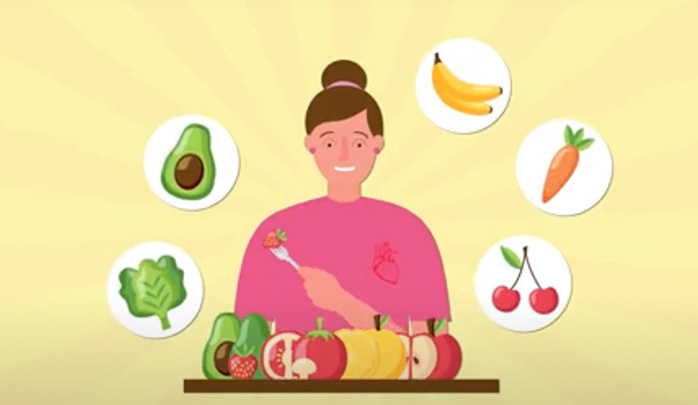

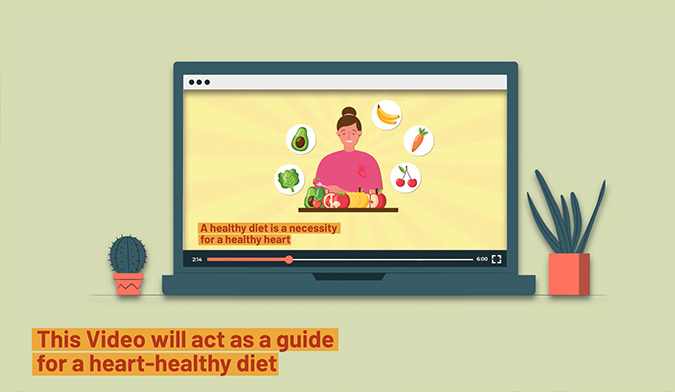
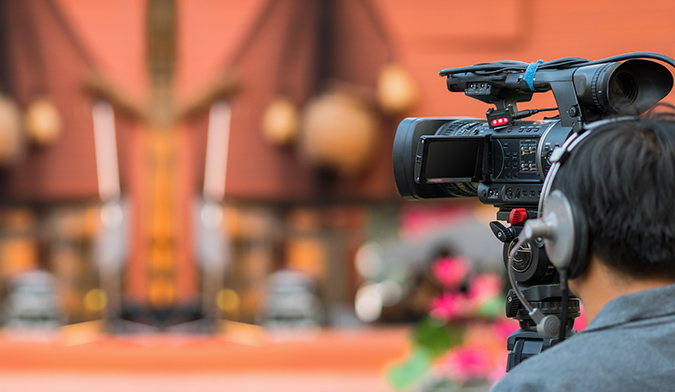
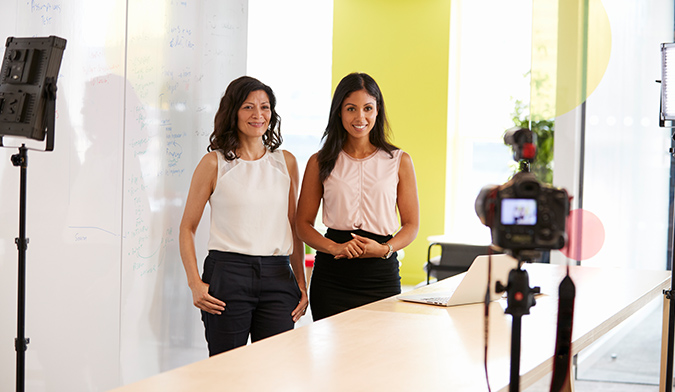
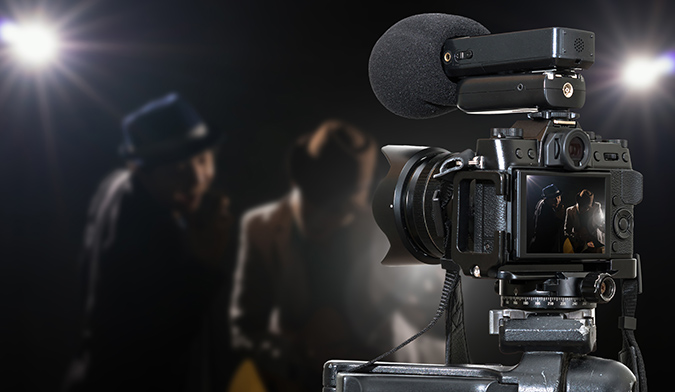

.jpg)
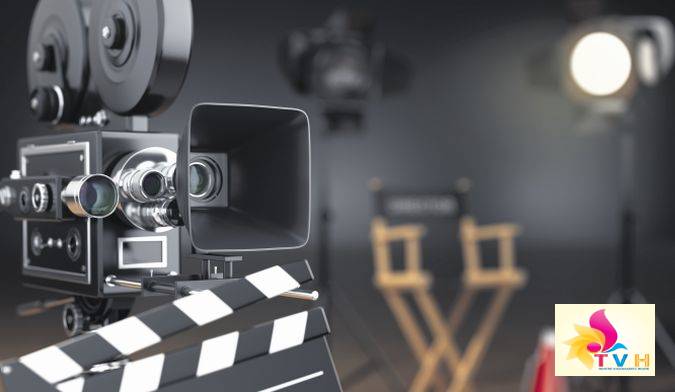


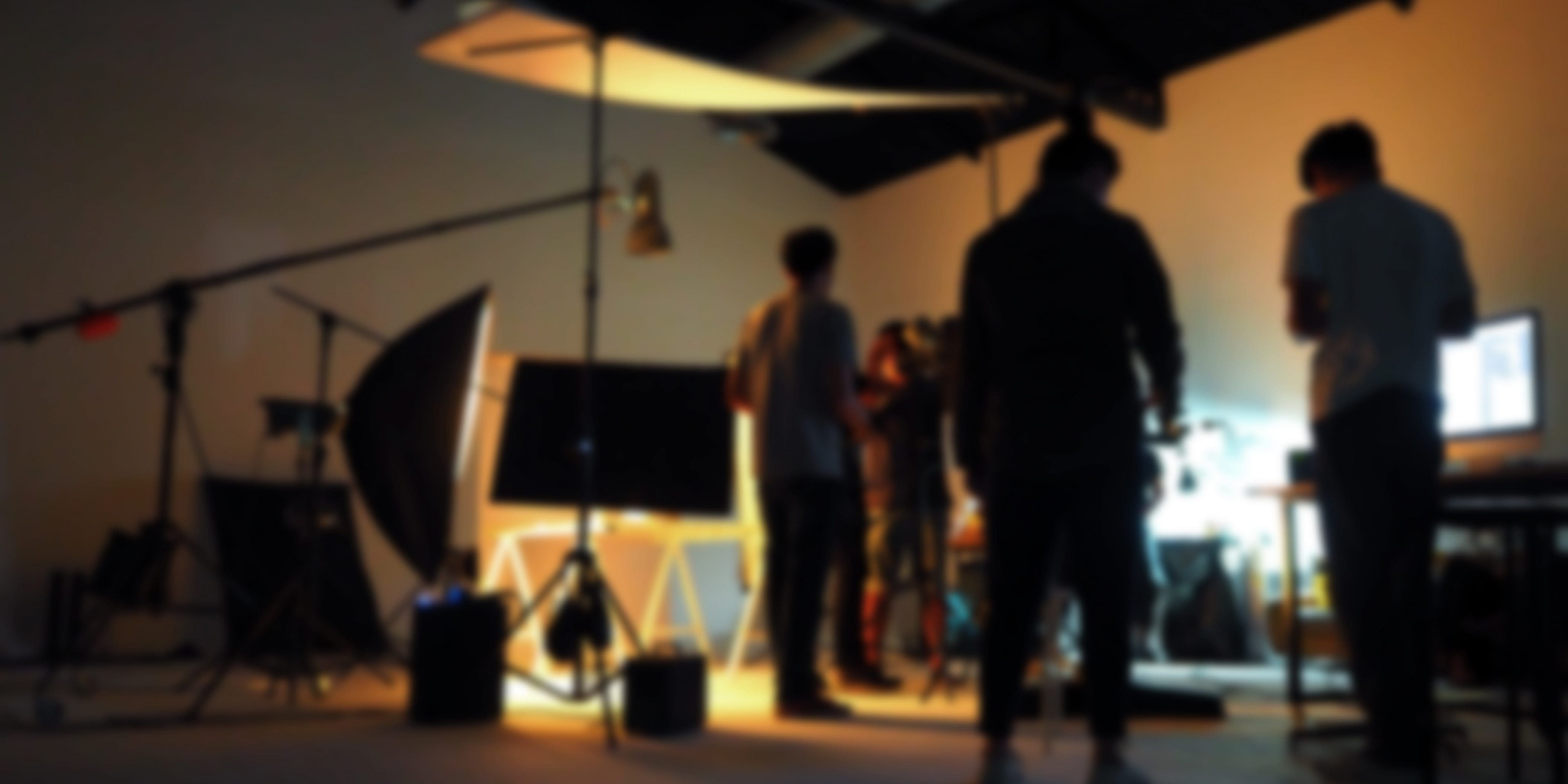
.jpg)
.jpg)
.jpg)
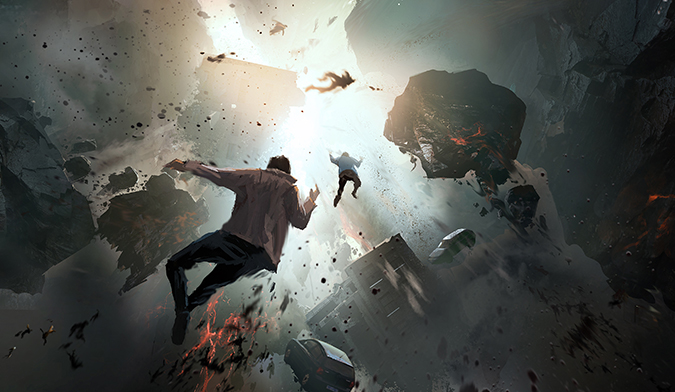
.jpg)
.jpg)
.jpg)
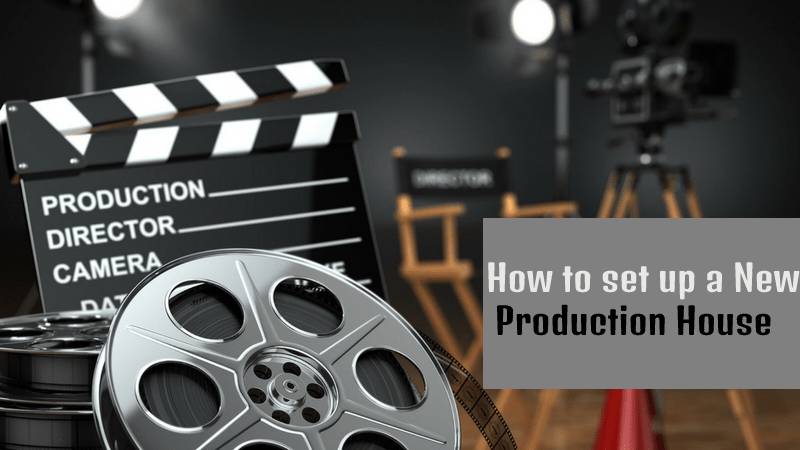
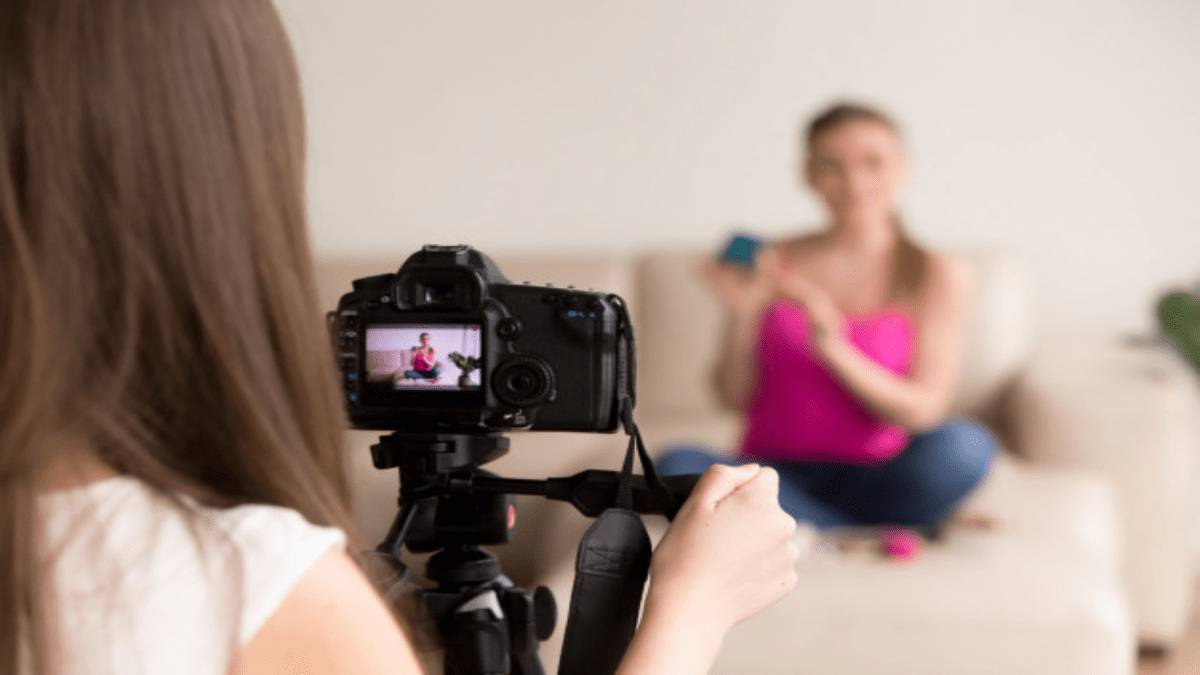
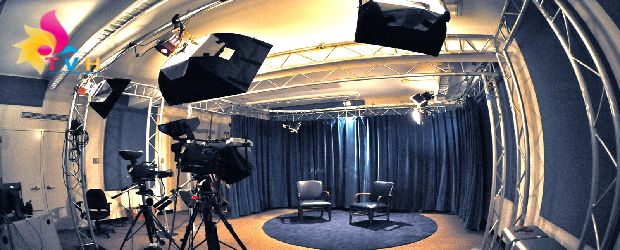

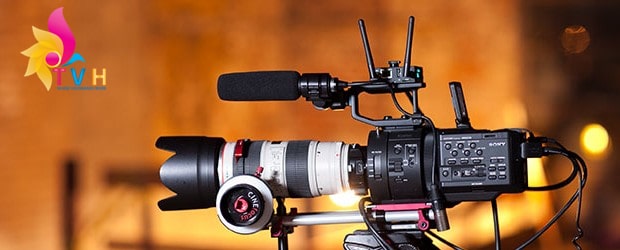
.jpg)
.jpg)
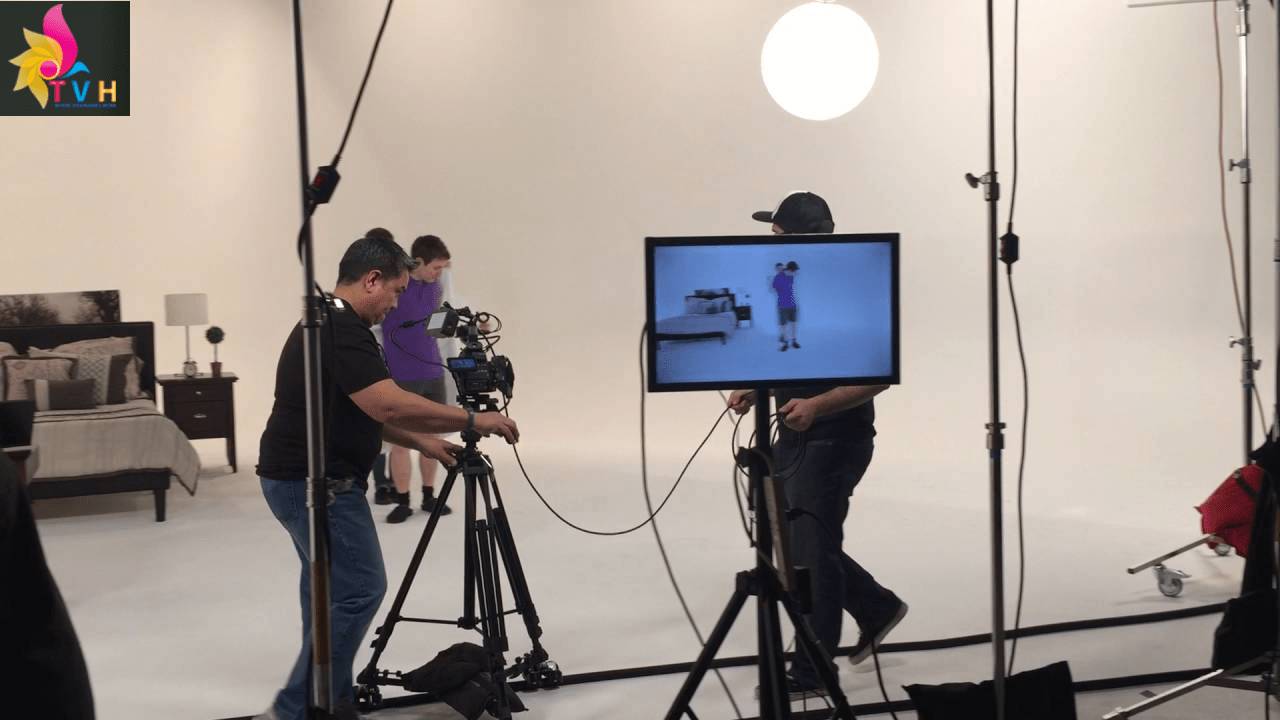

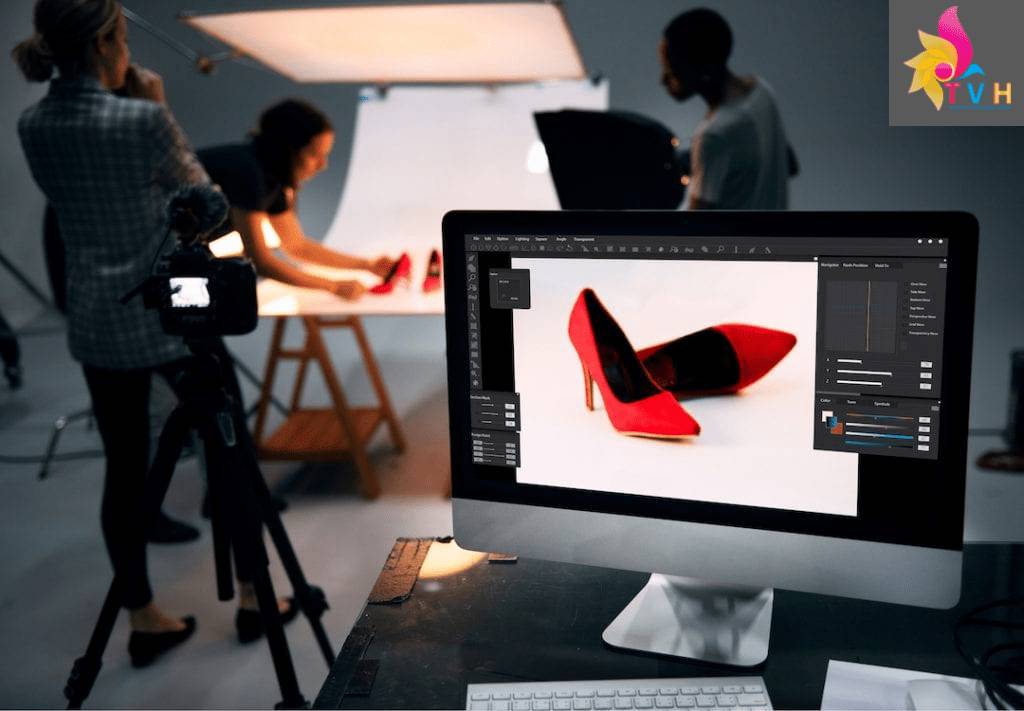

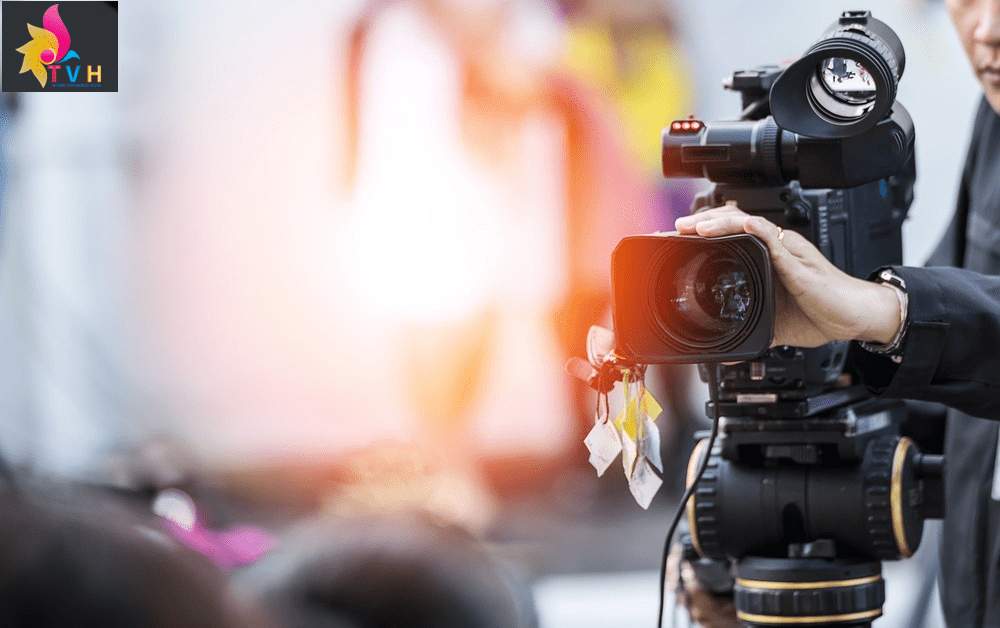
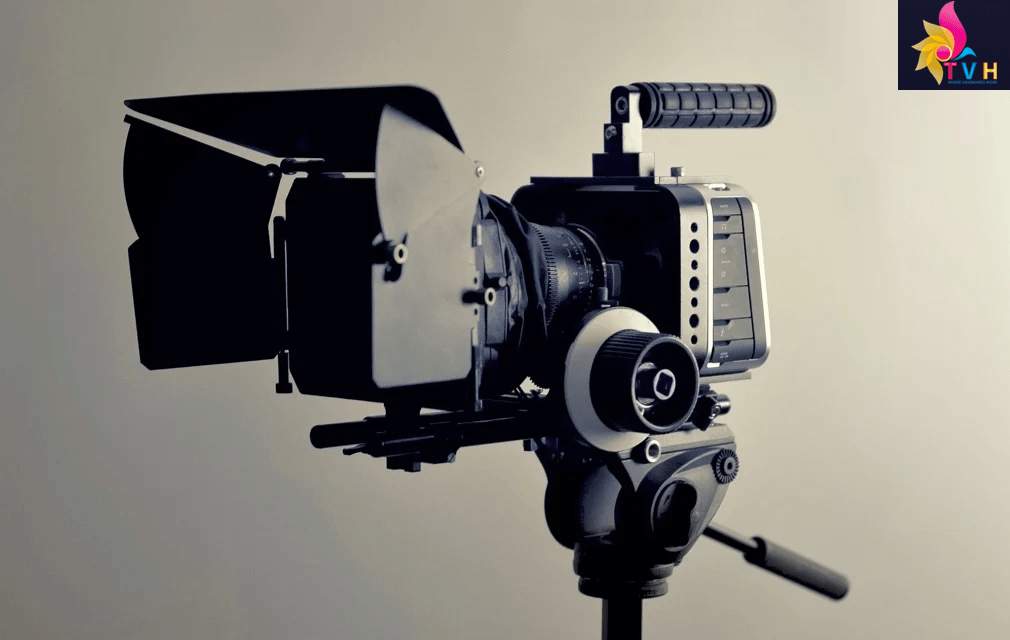
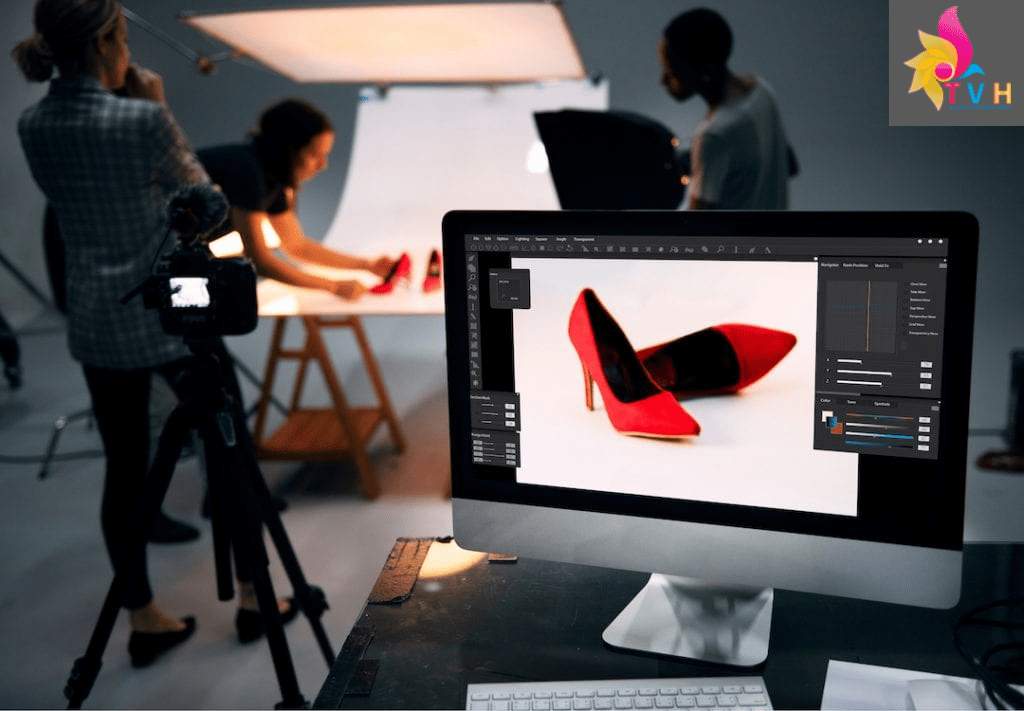
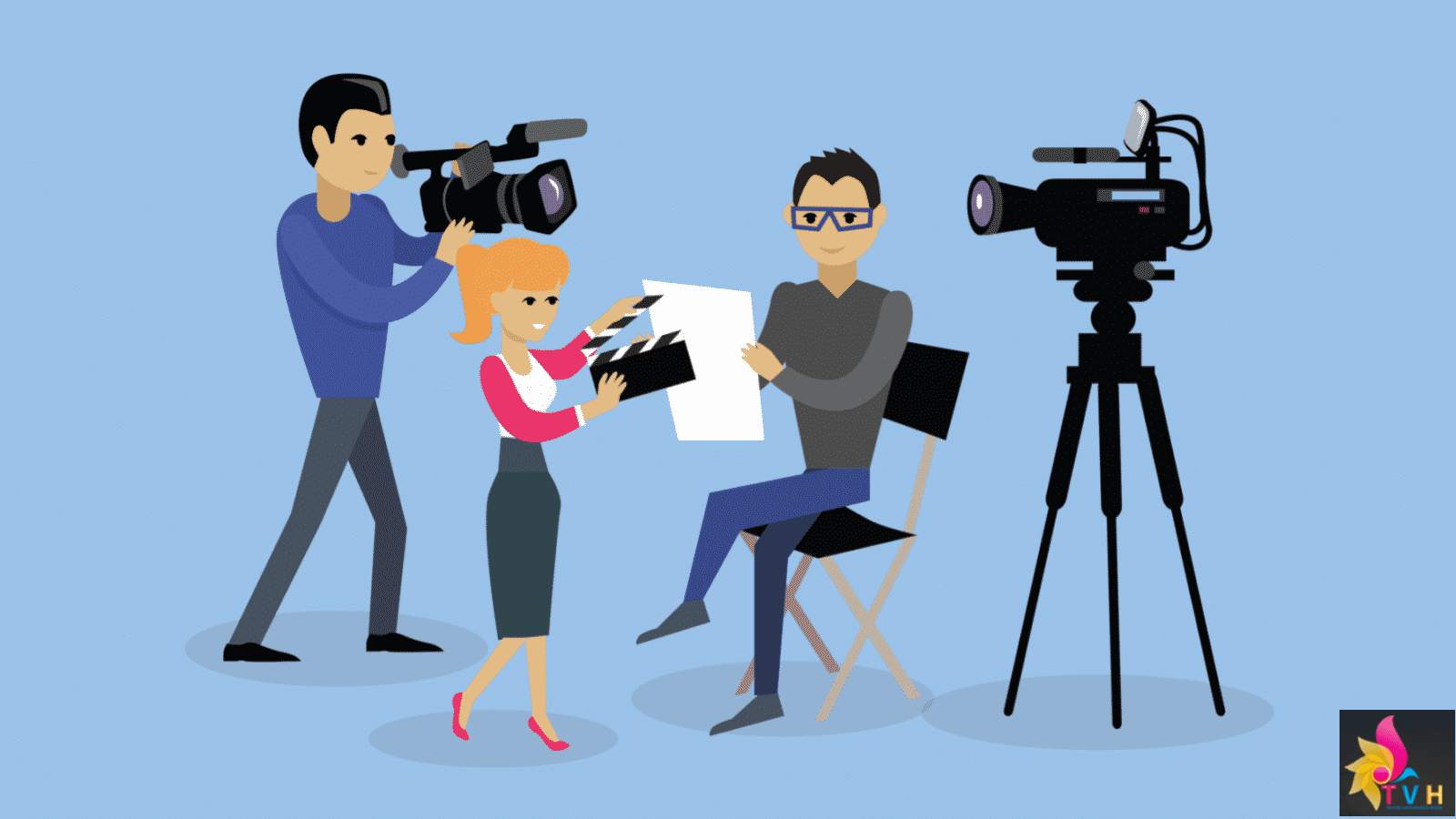


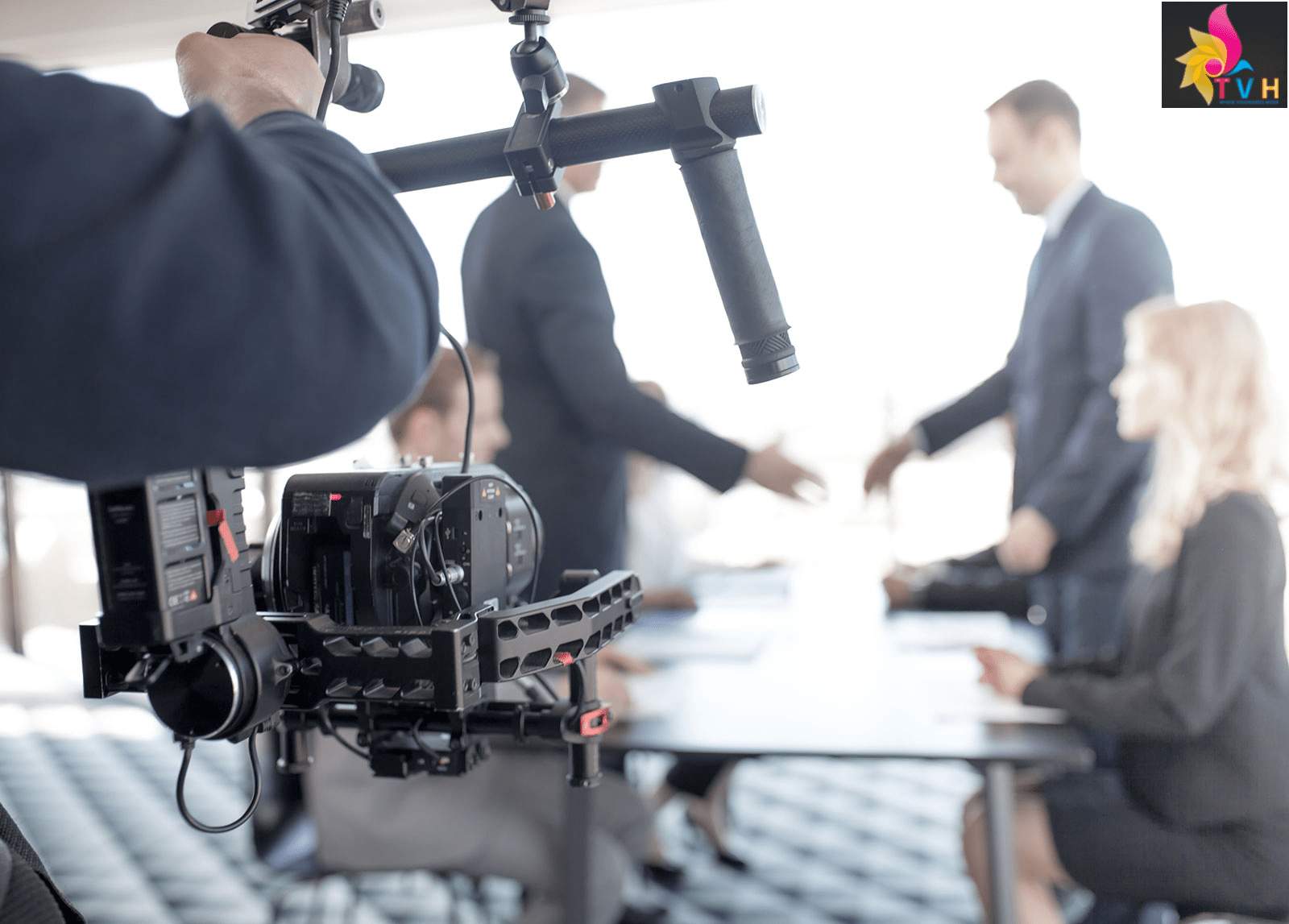


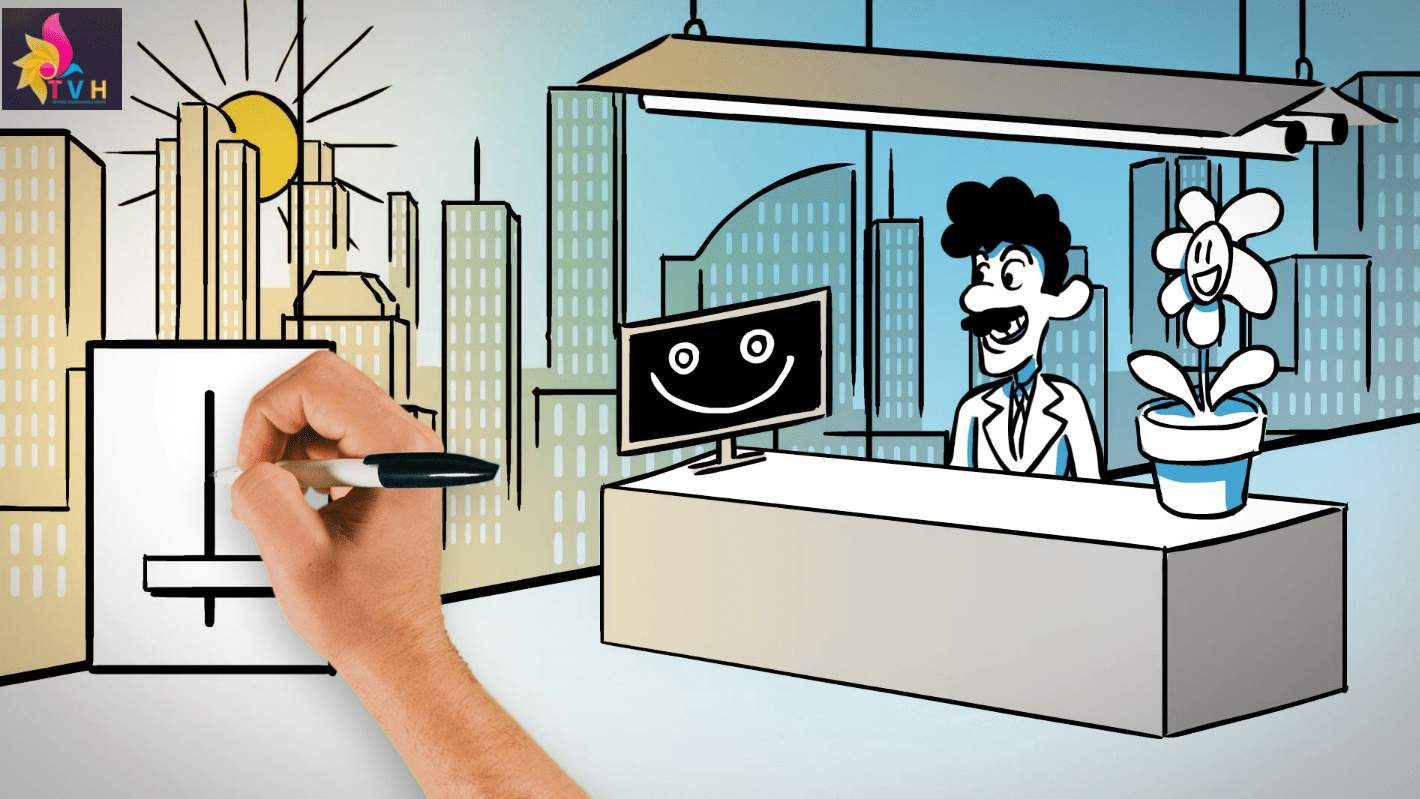


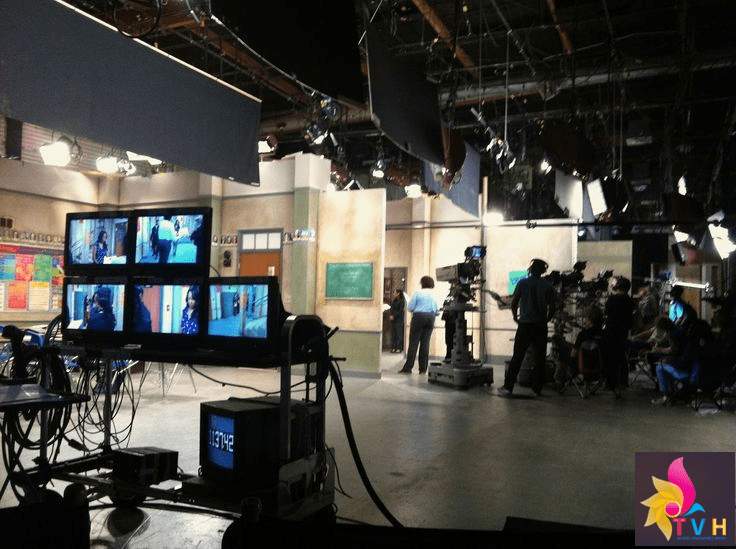
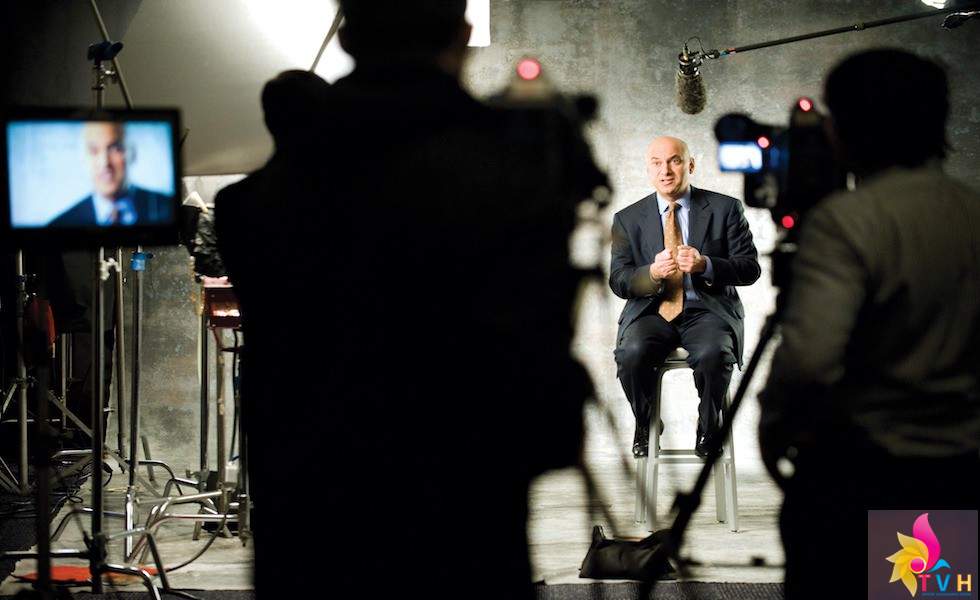

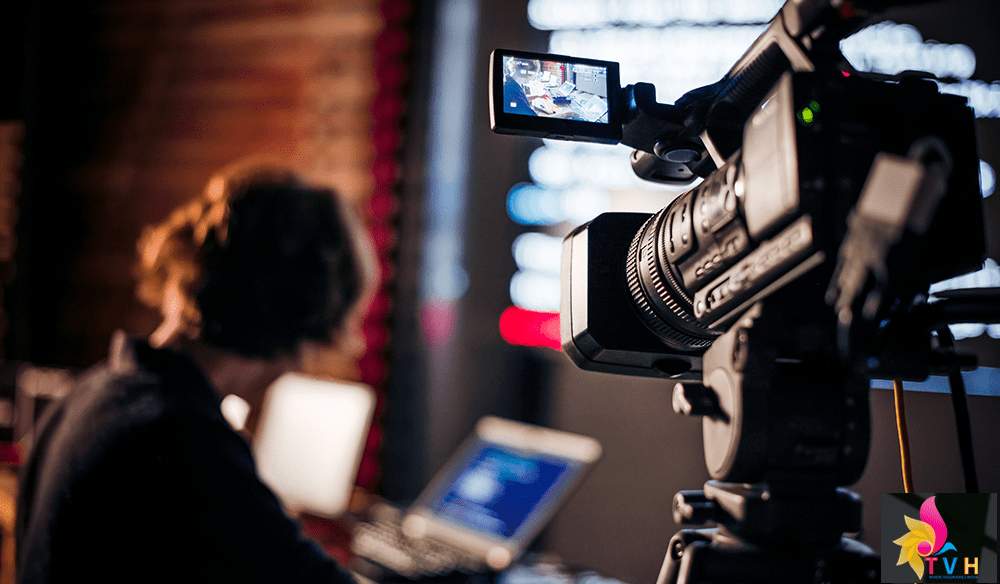
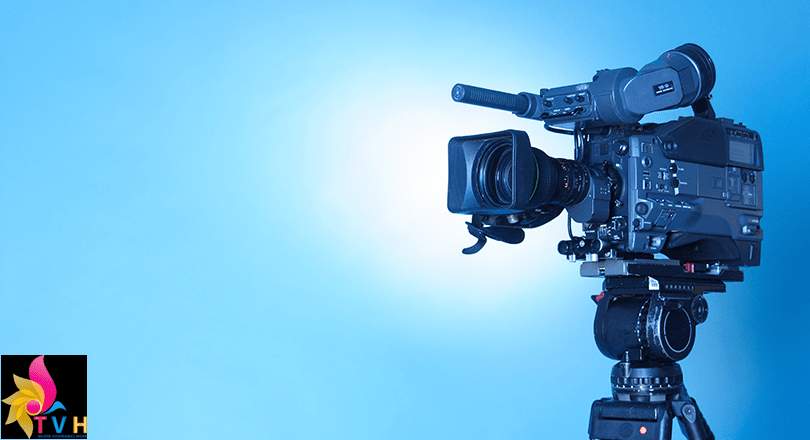
.jpg)
.jpg)
.jpg)

.jpg)
.jpg)
.jpg)
.jpg)



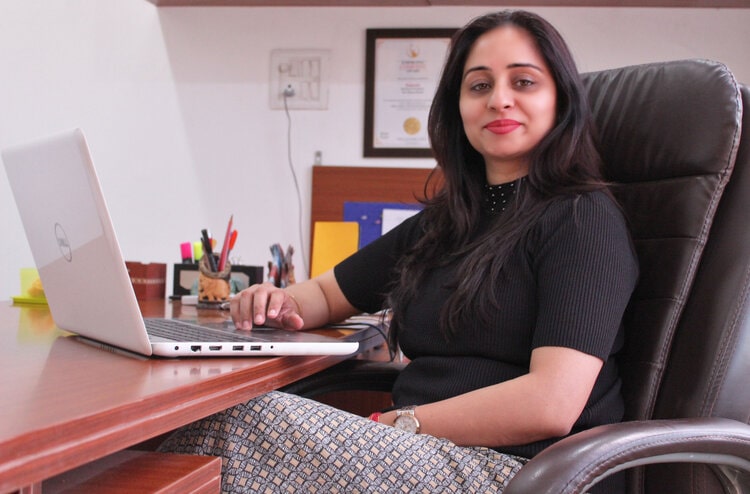
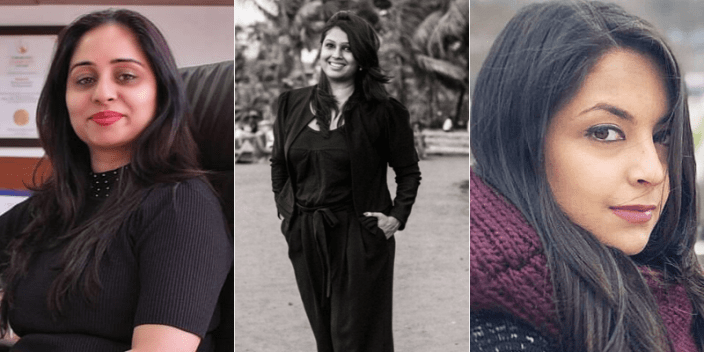

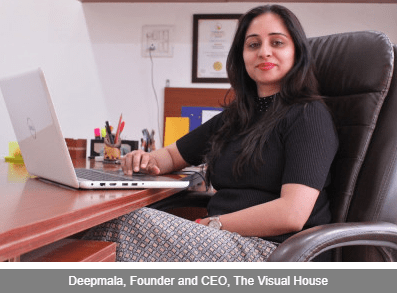
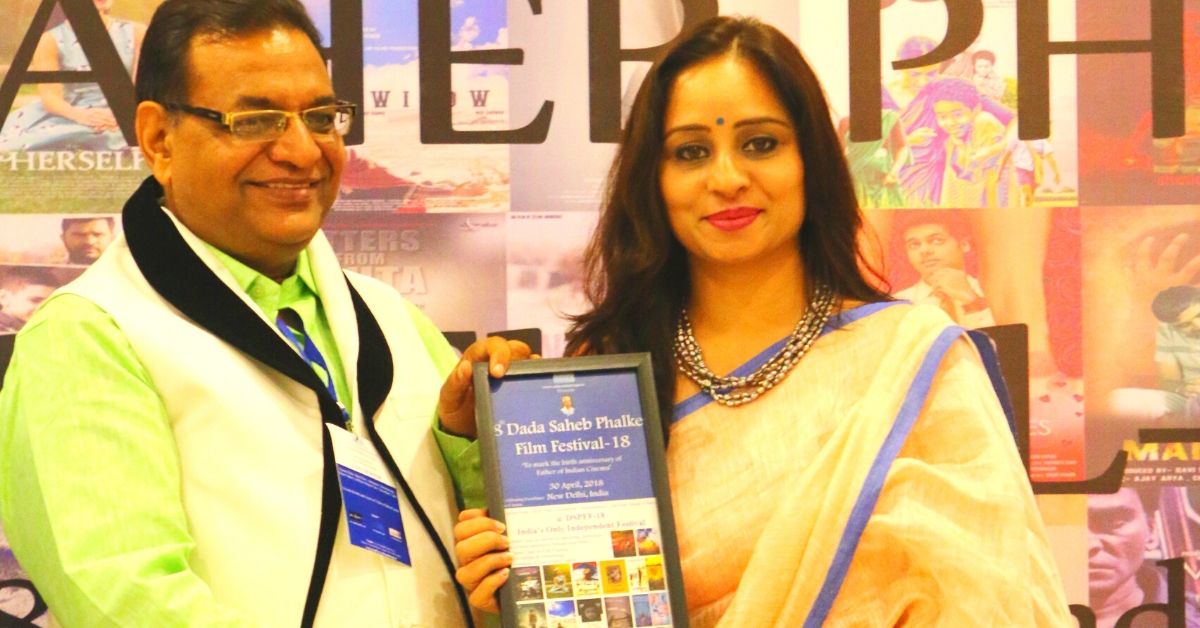
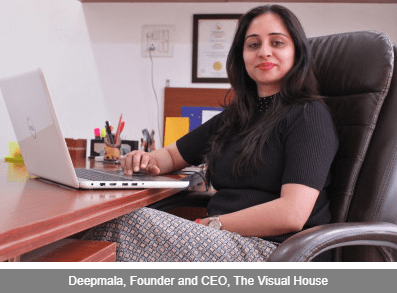

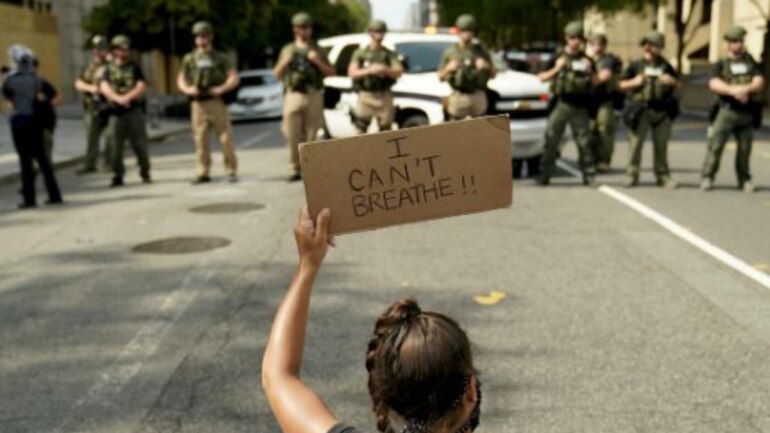
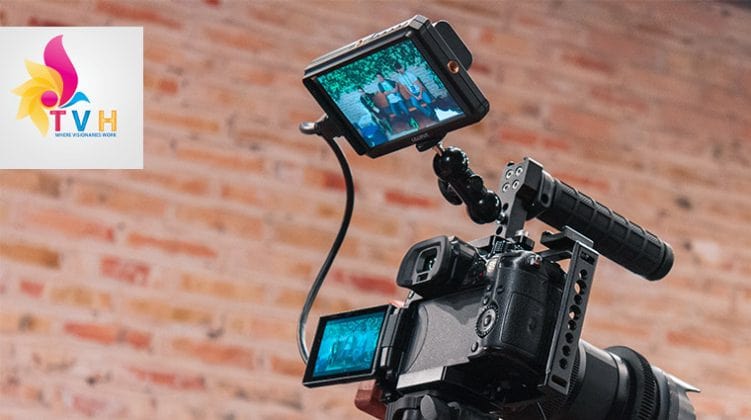
.jpg)
.jpg)
.jpg)
.jpg)
.jpg)
.jpg)
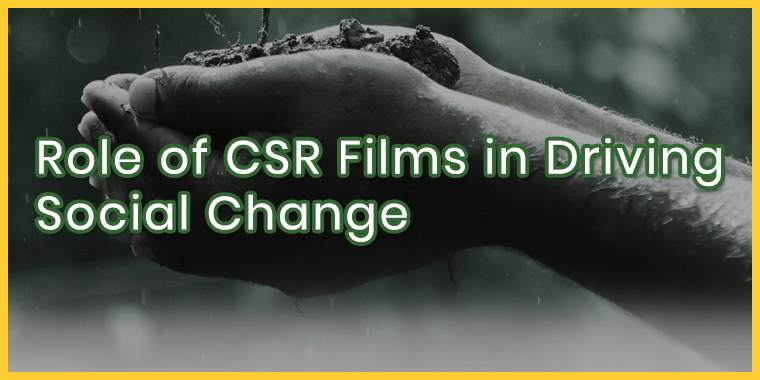
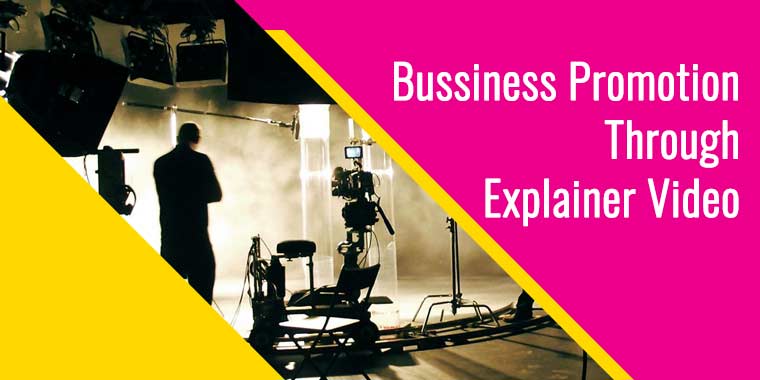
.jpg)
.jpg)
.jpg)
.jpg)
.jpg)
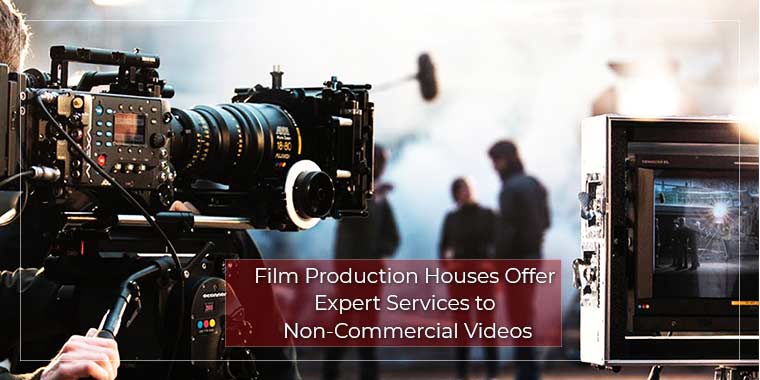
.jpg)
.jpg)
.jpg)
.jpg)
.jpg)
.jpg)
.jpg)
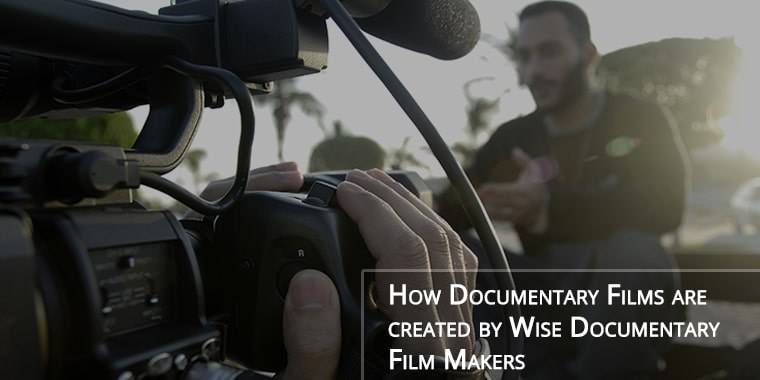

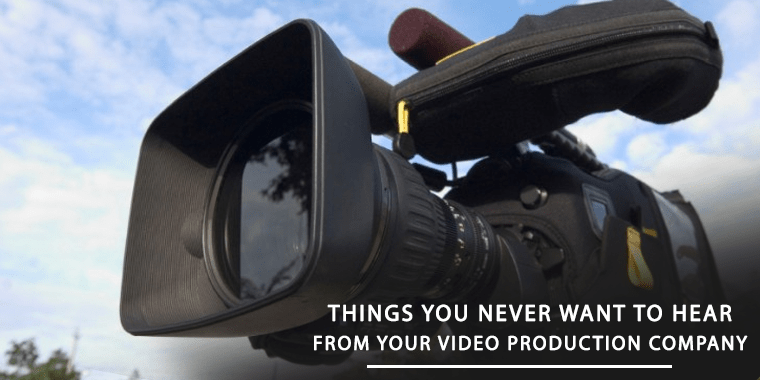
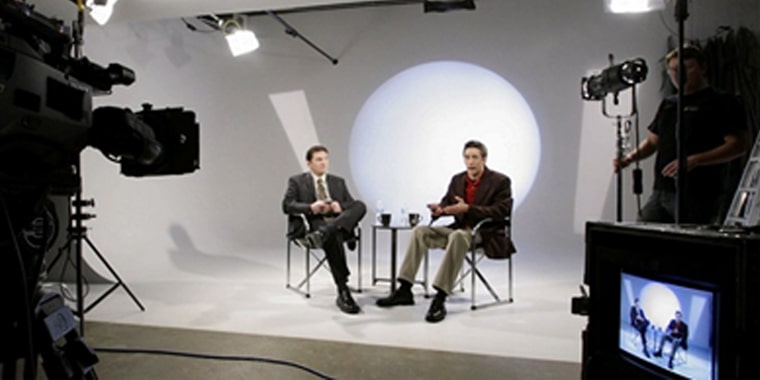
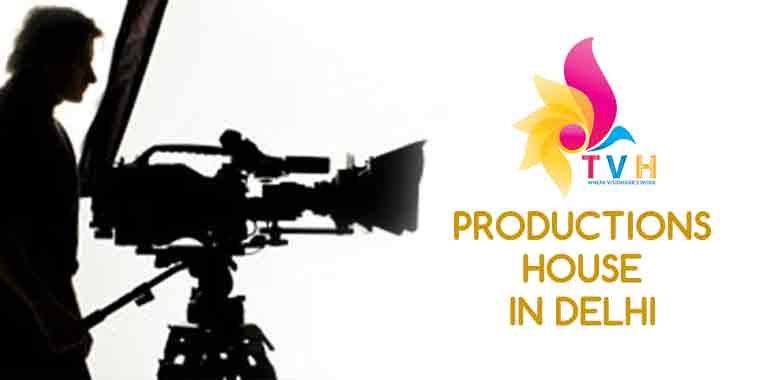
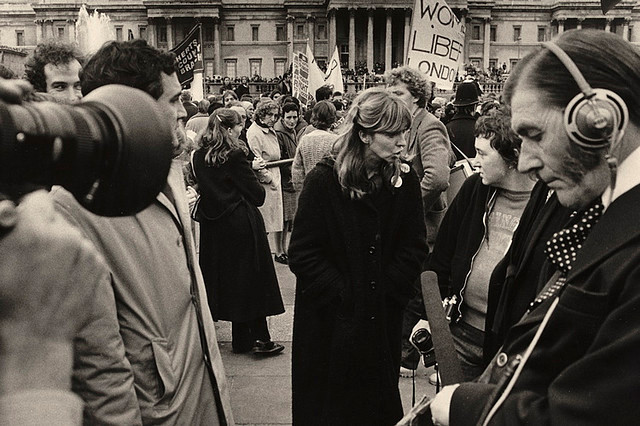
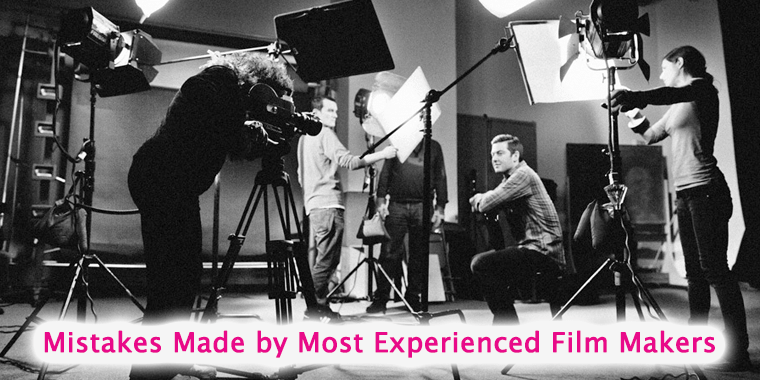
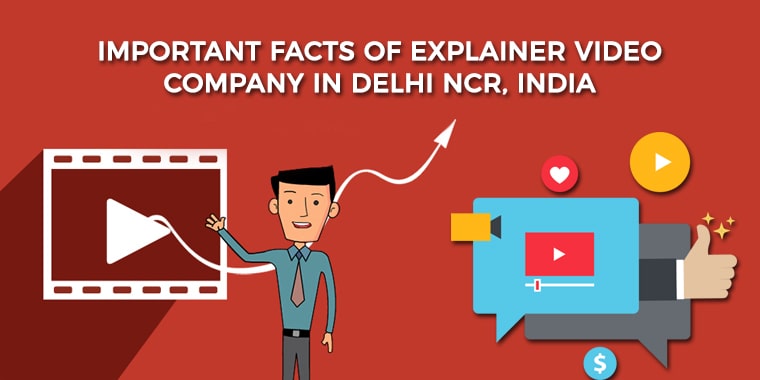
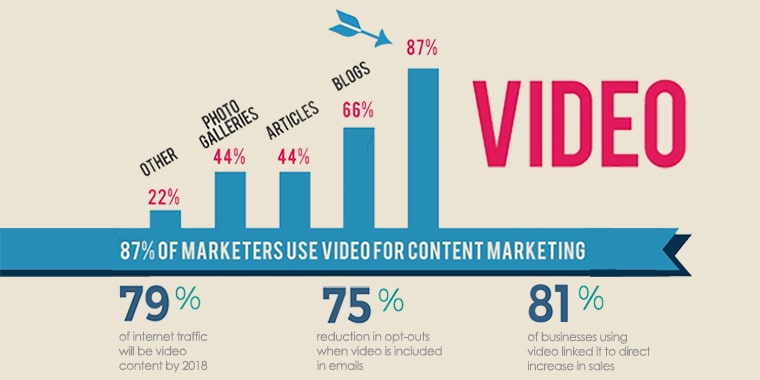
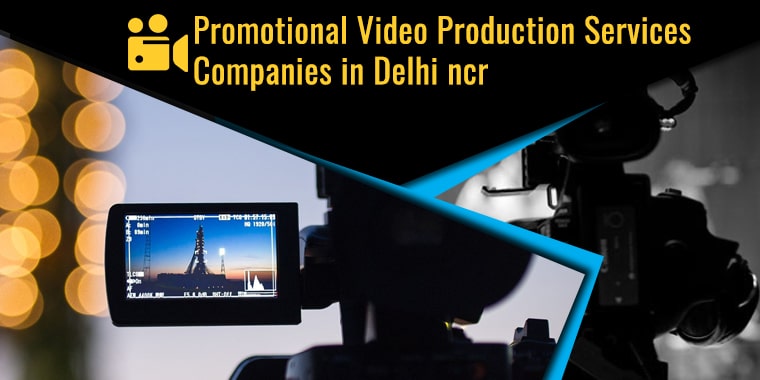




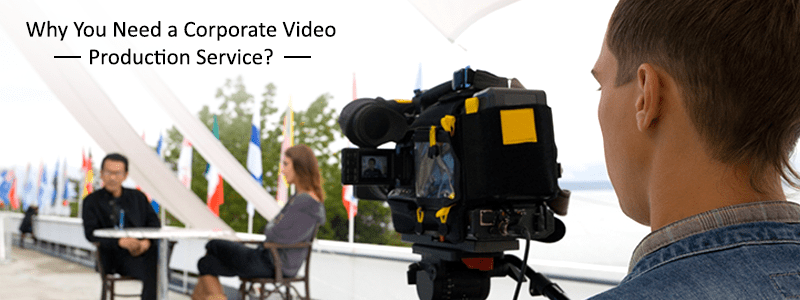
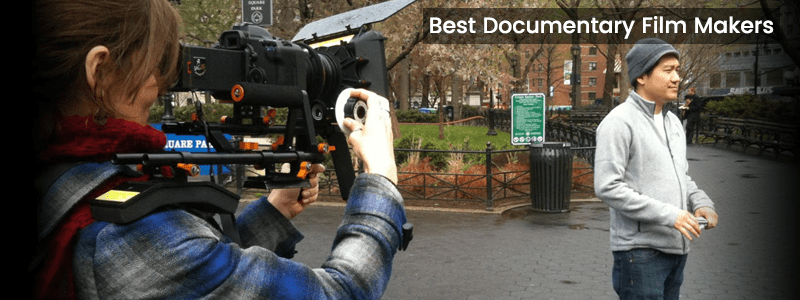
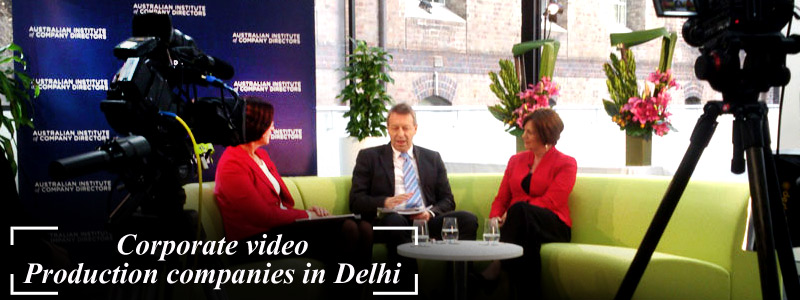



.jpg)
.jpg)
